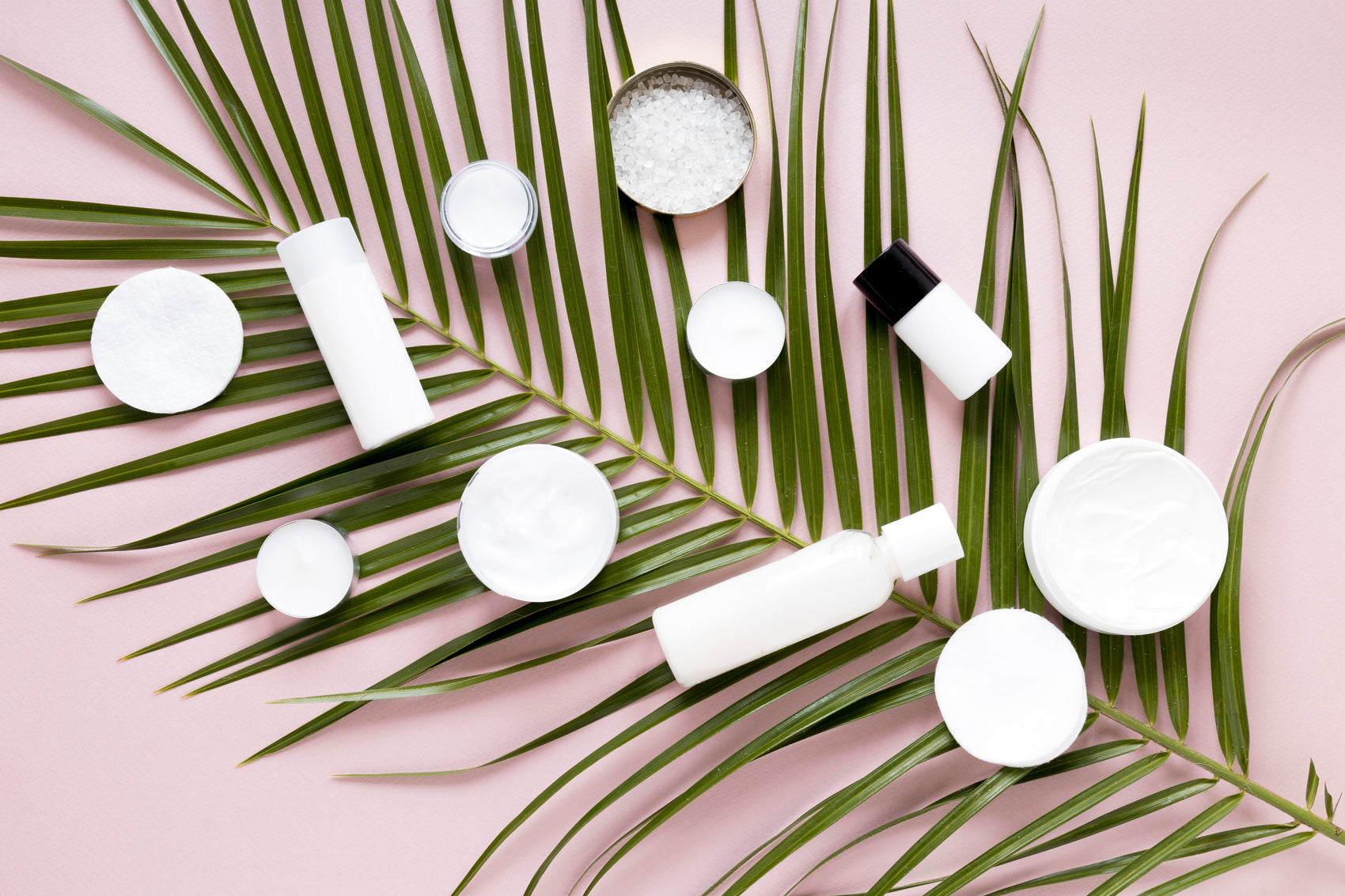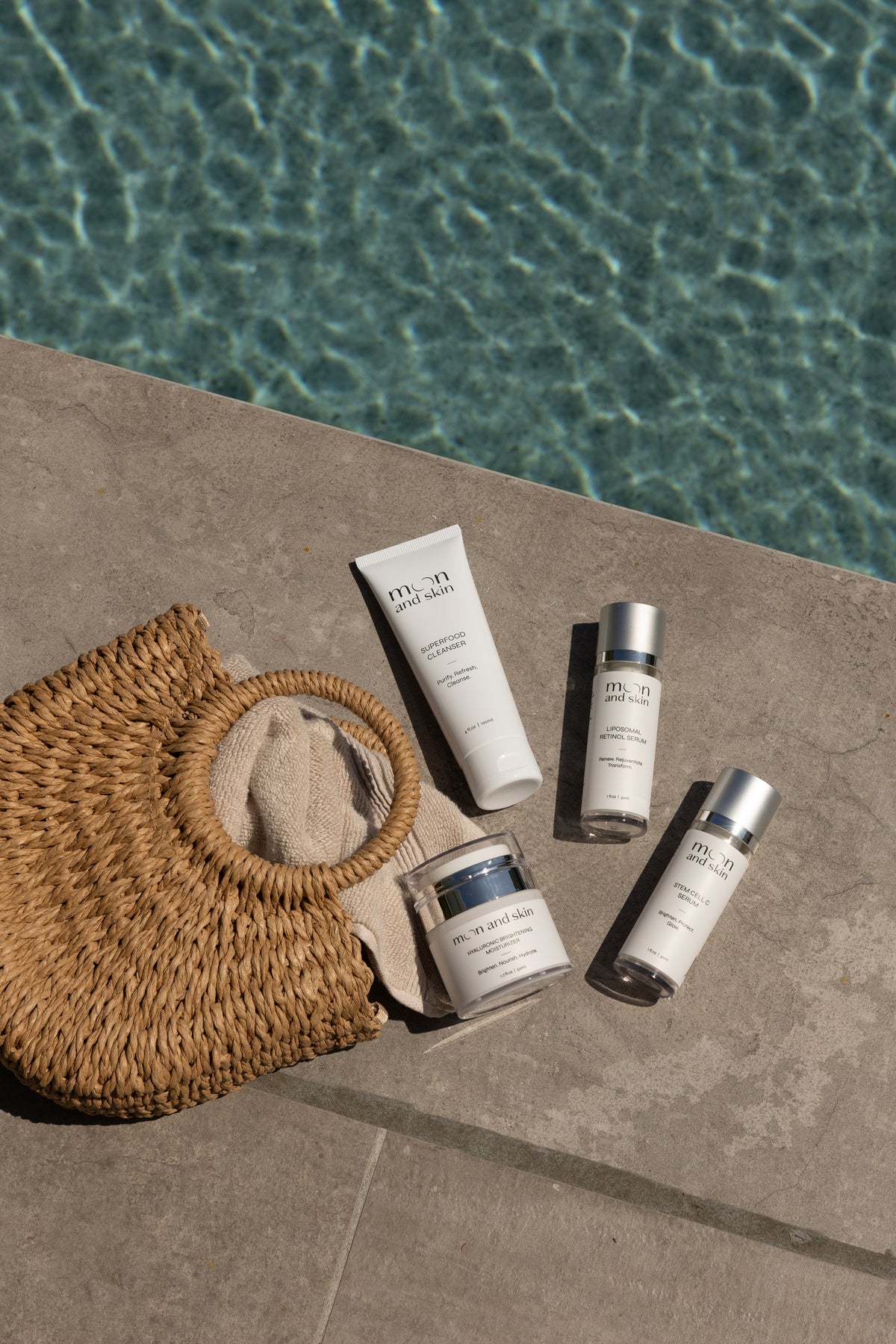Table of Contents
Introduction
Picture this: you’re standing in front of your bathroom mirror, a plethora of skincare products sprawled out before you. You’ve heard rave reviews about the benefits of niacinamide serum, but as you start to layer it into your routine, doubts creep in. “What if I mix it with the wrong product?” you wonder. You’re not alone in this; many of us have been there, questioning whether our beloved skincare heroes can coexist without causing chaos on our delicate skin.
Niacinamide, also known as Vitamin B3, has become a staple in the skincare world due to its impressive range of benefits. From reducing redness and inflammation to improving skin texture and minimizing enlarged pores, it’s a multitasking marvel. However, like any powerful ingredient, there are certain combinations we should avoid to ensure we’re getting the best results without compromising our skin health.
In this blog post, we’ll explore what not to use with niacinamide serum, delving into the science behind ingredient interactions, the implications for your skincare routine, and how to navigate your way through the complexities of layering products. We understand that navigating the world of skincare can be confusing, but together, we’ll simplify it, ensuring your journey to radiant skin is as smooth as possible.
Key Topics We’ll Cover:
- Understanding Niacinamide and Its Benefits
- The Ingredients to Avoid with Niacinamide
- How to Use Niacinamide Effectively
- Recommended Products from Moon and Skin
- Conclusion and FAQs
Let’s embark on this enlightening journey to discover how to harness the power of niacinamide without the pitfalls of incompatible ingredients.
Understanding Niacinamide and Its Benefits
Niacinamide, a water-soluble form of Vitamin B3, is celebrated for its extensive benefits, making it a favorite among skincare enthusiasts. Some of the key advantages include:
- Reduces Inflammation: Niacinamide has anti-inflammatory properties, which help soothe irritated skin and reduce redness.
- Improves Skin Barrier Function: By enhancing the skin's natural barrier, it helps retain moisture and prevent water loss.
- Minimizes Pore Appearance: Regular use can help reduce the appearance of enlarged pores, leading to smoother skin.
- Brightens Skin Tone: It inhibits the transfer of melanin to the skin’s surface, helping to reduce hyperpigmentation and promote a more even skin tone.
- Supports Anti-Aging: Niacinamide stimulates collagen production, reducing the appearance of fine lines and wrinkles.
Given these remarkable benefits, it’s no wonder that niacinamide is often a key player in many skincare routines. However, its compatibility with other ingredients can vary widely, and certain combinations can lead to irritation or reduced effectiveness.
The Ingredients to Avoid with Niacinamide
While niacinamide is generally well-tolerated and compatible with many ingredients, there are specific combinations that we recommend avoiding. Let’s break down these ingredients and understand why they can be problematic.
1. Vitamin C
For years, the skincare community has debated the compatibility of niacinamide and Vitamin C. Traditionally, it was believed that using these two ingredients together could lead to irritation and negate each other's benefits. This stems from outdated research suggesting that their antioxidant properties could cancel one another out.
However, modern formulations have shown that many people can use both ingredients effectively within the same routine if applied correctly. If you choose to use them together, we recommend applying niacinamide first, waiting about 10-30 minutes, and then following up with a Vitamin C product. Alternatively, you can opt to use Vitamin C in the morning for its protective properties and reserve niacinamide for your evening routine.
2. AHAs/BHAs
Alpha Hydroxy Acids (AHAs) and Beta Hydroxy Acids (BHAs) are fantastic for exfoliating and promoting cell turnover. However, when layered with niacinamide, they can lead to irritation and inflammation. This is particularly concerning for those with sensitive skin.
To avoid any adverse reactions, it's best to use these acids at night and apply niacinamide in the morning or vice versa. If using both in the same routine, ensure you leave a gap of at least 30 minutes between applications to allow each ingredient to work effectively.
3. Other Acids
Similar to AHAs and BHAs, other acidic ingredients such as glycolic acid or salicylic acid can irritate the skin when combined with niacinamide. The risk of redness and flushing increases with these combinations, particularly for individuals with sensitive skin.
Again, we suggest using niacinamide in the morning and acids in the evening, or simply ensuring a sufficient waiting period between applications.
4. Retinol
Combining retinol and niacinamide is a contentious topic. On one hand, niacinamide can help soothe the irritation that retinol sometimes causes; however, the two can also potentially cancel each other out if applied at the same time.
To maximize benefits and minimize irritation, consider applying niacinamide first, waiting at least 30 minutes, and then applying retinol. Alternatively, you can also separate them into different routines—using niacinamide in the morning and retinol at night.
5. Alcohol-Based Products
Alcohol can be excessively drying and irritating to the skin. Pairing it with niacinamide can undermine its hydrating and soothing properties. To ensure your skincare routine is effective and gentle, it’s best to avoid using alcohol-based products alongside niacinamide.
How to Use Niacinamide Effectively
To fully harness the benefits of niacinamide, it's essential to integrate it correctly into your skincare routine. Here’s a step-by-step guide on how to use niacinamide effectively:
- Cleanse: Start with a gentle cleanser that suits your skin type. We recommend the Superfood Cleanser from Moon and Skin, enriched with HydroProtein Technology for deep nourishment.
- Tone (Optional): If you use a toner, apply it after cleansing. Choose one that is alcohol-free to maintain hydration.
- Apply Niacinamide: Use a niacinamide serum or product, like our Stem Cell C Serum, which pairs vitamin C with the benefits of niacinamide for an enhanced brightening effect. Apply it evenly across your face, allowing it to absorb fully.
- Moisturize: Follow up with a moisturizer to lock in hydration. Our Hyaluronic Brightening Moisturizer is an excellent choice for added hydration and brightening.
- Sunscreen (AM Routine): Always finish your morning routine with a broad-spectrum sunscreen to protect your skin from UV damage.
Recommended Products from Moon and Skin
At Moon and Skin, we believe in providing clean, thoughtful skincare for every phase of life. Here are some of our recommended products that work harmoniously with niacinamide:
- Stem Cell C Serum: This advanced serum utilizes plant-cell technology and stable, acne-safe vitamin C to brighten, hydrate, and protect your skin. It’s a perfect companion to niacinamide.
- Liposomal Retinol Serum: For those looking to incorporate retinol, our Liposomal Retinol Serum is powered by Centersome® RL liposomal complex for maximum results with minimal irritation.
- Hyaluronic Brightening Moisturizer: This moisturizer features hyaluronic acid and kojic acid, delivering deep hydration while enhancing your skin's brightness.
- Superfood Cleanser: Formulated to gently cleanse and nourish, this product prepares your skin perfectly for your active skincare ingredients.
For those new to our products, we offer a Try Before You Buy collection, allowing you to experience the benefits of our formulations without a commitment.
Conclusion and FAQs
Navigating the world of skincare can be overwhelming, but understanding what not to use with niacinamide serum is a crucial step toward achieving your skincare goals. By avoiding certain combinations and following a structured routine, you can enjoy the full spectrum of benefits that niacinamide offers.
Frequently Asked Questions
Can I use niacinamide every day? Yes, niacinamide can be safely used daily, both in the morning and evening. It’s gentle enough to incorporate into your routine without irritation.
What should I do if my skin reacts to niacinamide? If you experience any redness or irritation, we recommend discontinuing the use of niacinamide and consulting with a dermatologist.
Is it safe to mix niacinamide with hyaluronic acid? Absolutely! Niacinamide and hyaluronic acid work beautifully together to hydrate and nourish your skin.
Can I use niacinamide with Vitamin C? While it's possible to use both, we recommend spacing them out to avoid any potential irritation. Apply niacinamide first, then Vitamin C after a waiting period, or use them at different times of the day.
What is the best way to layer niacinamide in my routine? Apply niacinamide after cleansing and toning, and before your moisturizer. This allows it to penetrate the skin effectively and work its magic.
We hope this guide has empowered you to make informed choices about your skincare routine. Remember, every phase of your skin’s journey deserves thoughtful, clean care. Explore our products and find the perfect routine for your unique needs at Moon and Skin. Together, let’s celebrate the beauty of your skin!







